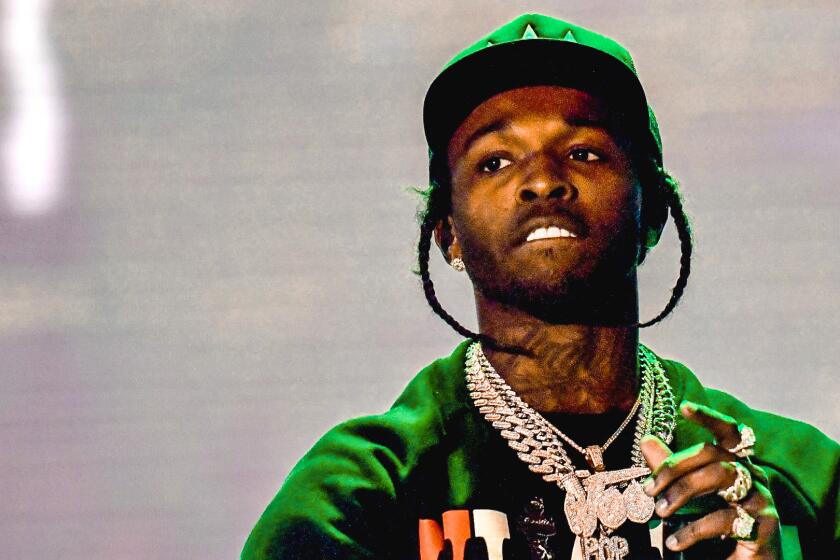Surgeon struggles to save boy’s life in L.A.’s shooting season
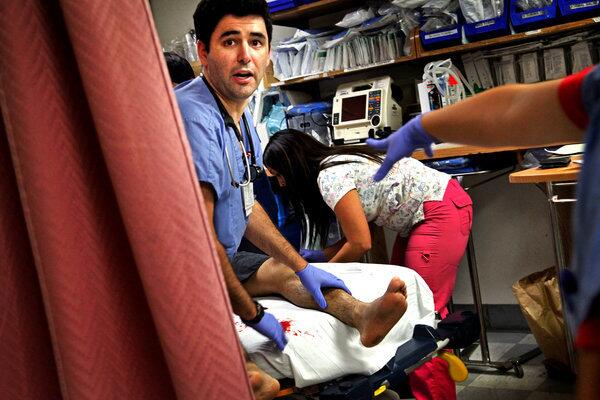
On June 23 at 2:25 a.m., two teenage gunshot victims walked through the front door Harbor-UCLA Medical Center. (Barbara Davidson / Los Angeles Times)
A trauma surgeon and the staff at Harbor-UCLA Medical Center race against time, trying to save a youth with a bullet in his torso.
Read: Surgeon races to save a life in L.A.’s shooting season
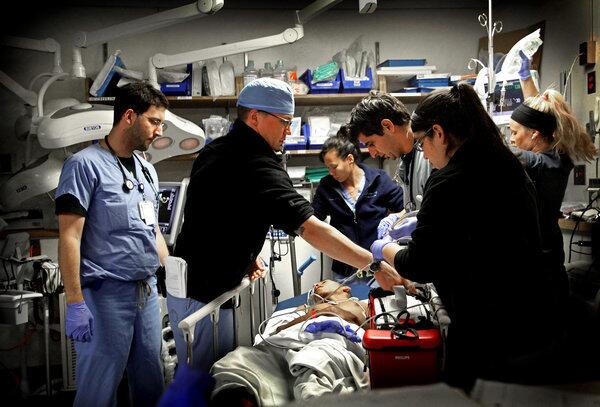
While the trauma team assesses the youth’s gunshot wound, Dr. Brant Putnam, 44, is racing down from the operating room, where he was performing surgery on another patient. (Barbara Davidson / Los Angeles Times)
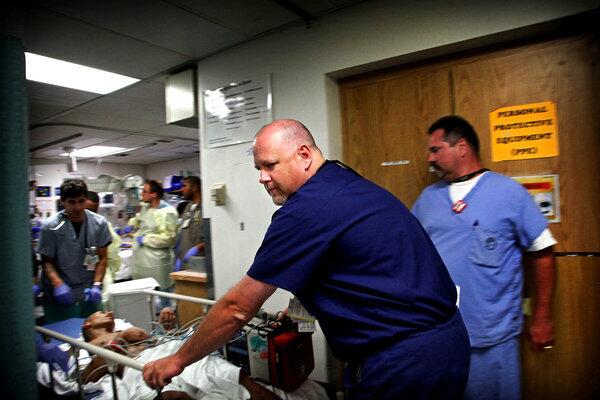
Dr. Brant Putnam helps wheel the wounded youth to the operating room. (Barbara Davidson / Los Angeles Times)
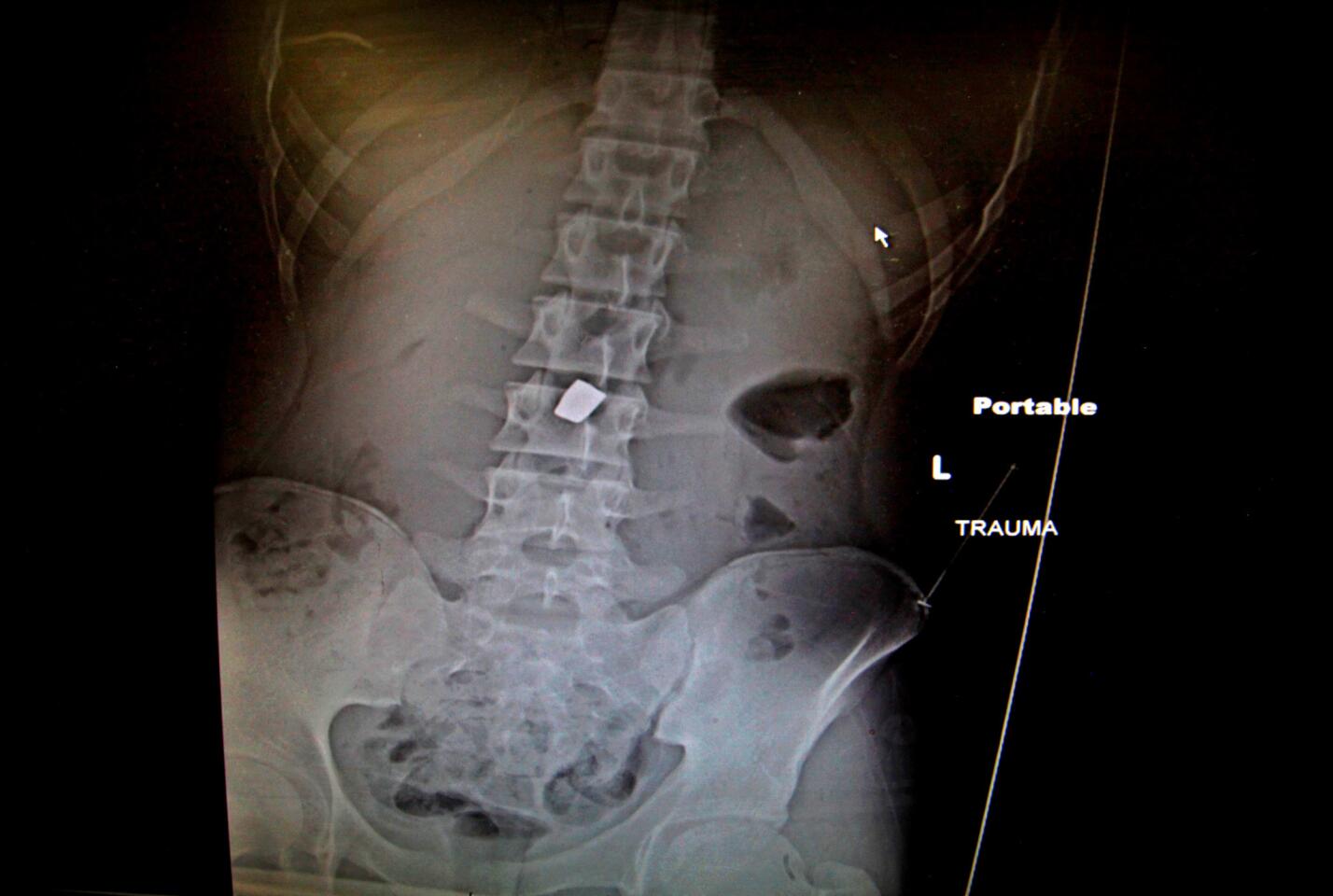
An X-ray shows a bullet in the youth’s spine. The trauma team knows nothing about him. No name, no age, no family. For now, they call him Zinc, a pseudonym the hospital sometimes uses for its John Does. (Barbara Davidson / Los Angeles Times)
Advertisement
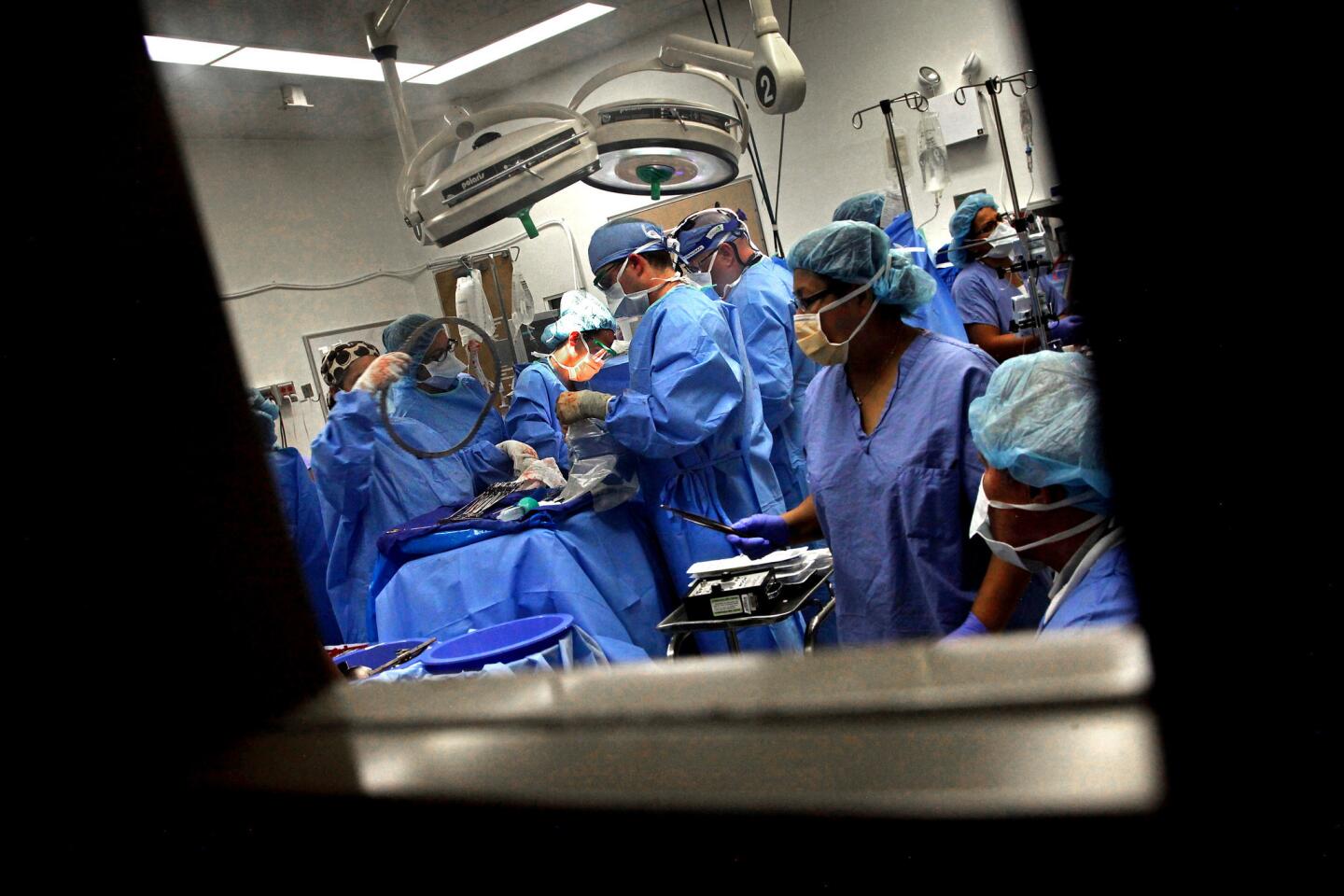
Dr. Brant Putnam and the trauma team operate on the youth for nearly three hours . (Barbara Davidson / Los Angeles Times)
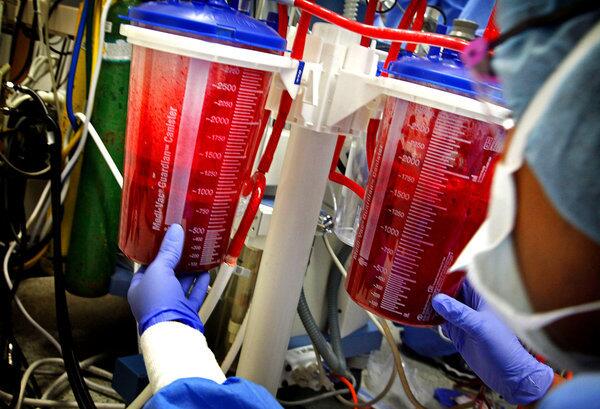
The youth had almost 80% of his blood replaced during surgery. (Barbara Davidson / Los Angeles Times)
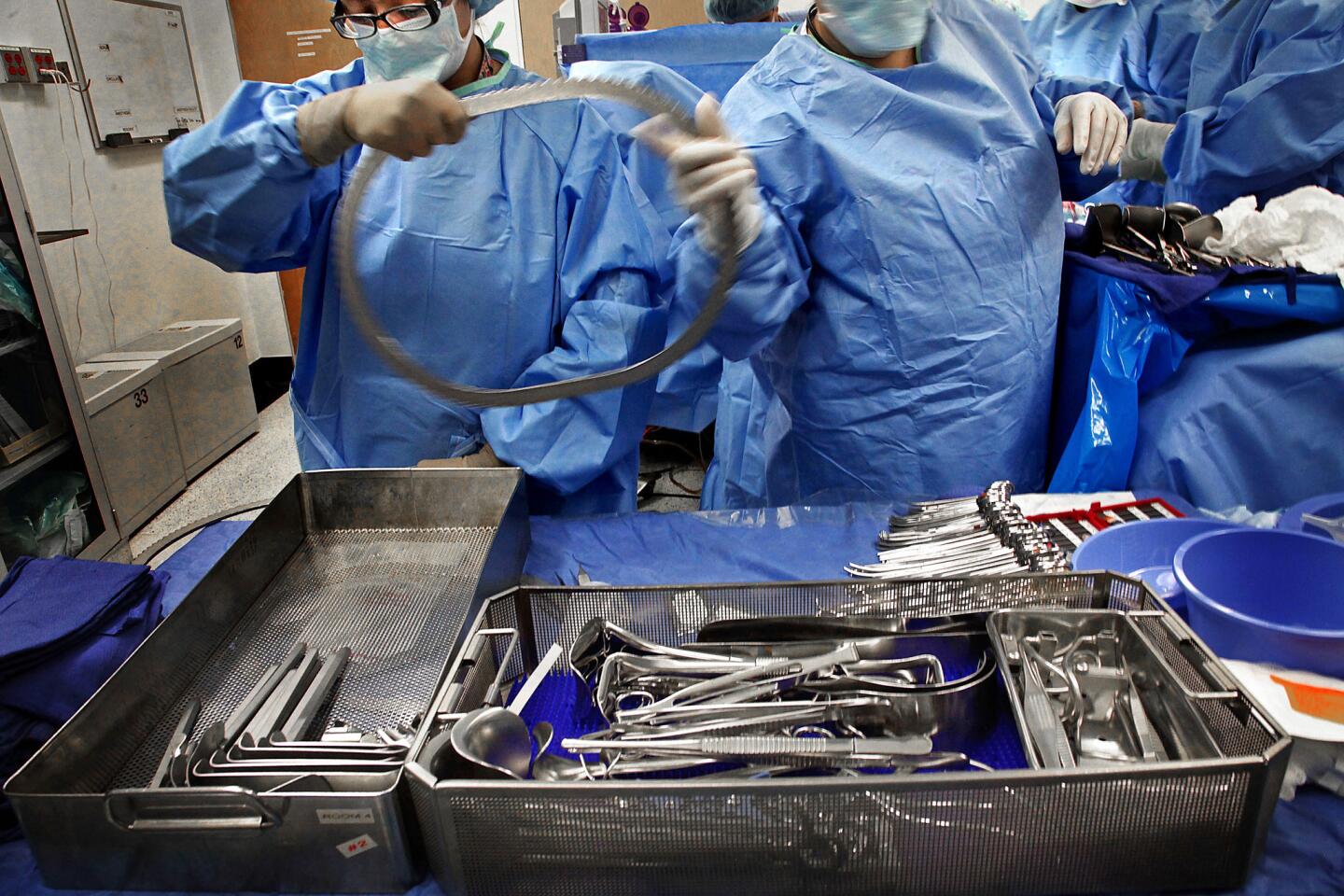
The emergency room team washes the youth with an antiseptic. He has been intubated and anesthetized. Blood transfusions have begun and the team rushes to get medical equipment ready. (Barbara Davidson / Los Angeles Times)
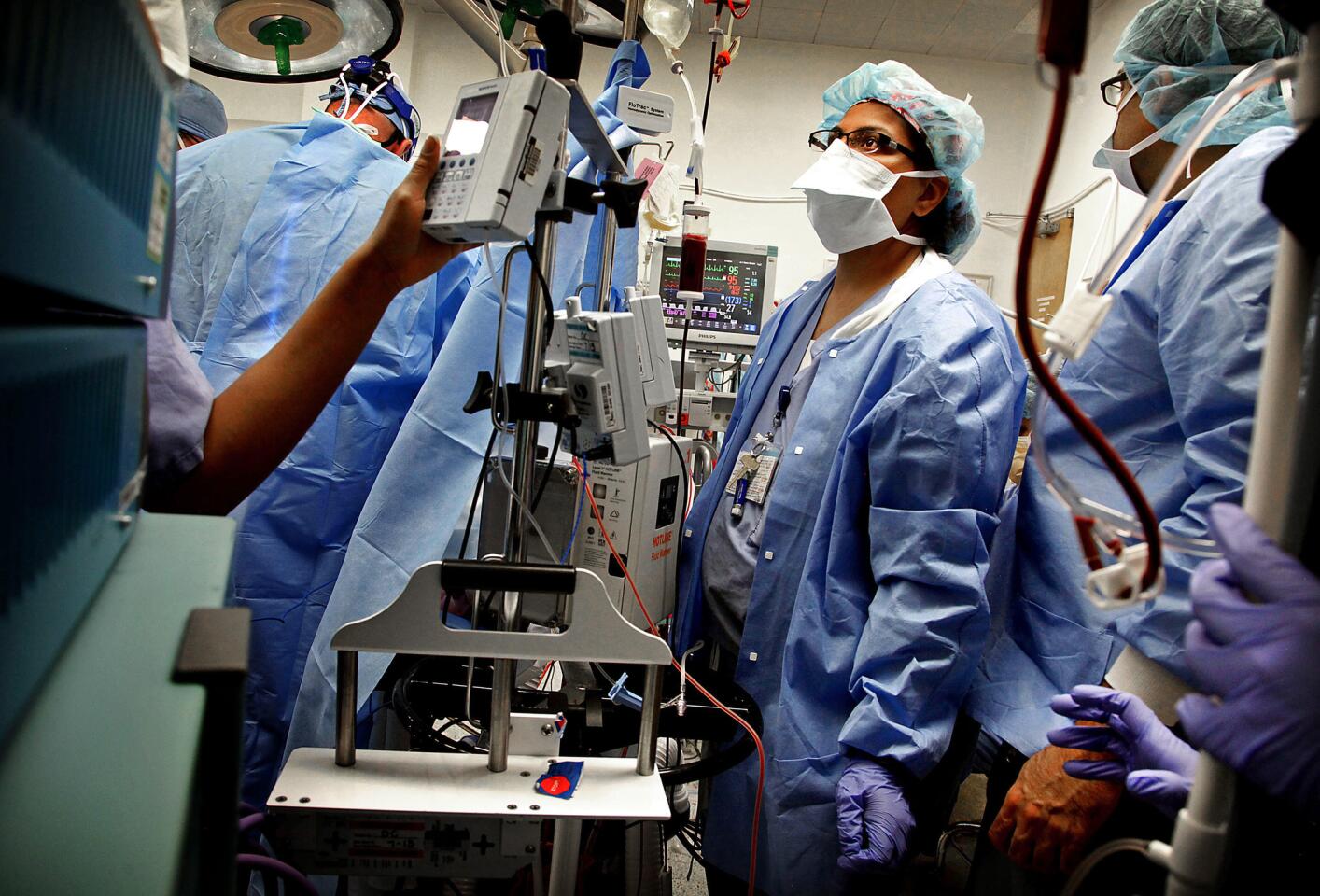
Dr. Brant Putnam, left, sets a clock running in his mind. Two hours is optimum. Three is the limit. Anything longer compounds the trauma with a phenomena known as physiologic exhaustion, when the body has worn itself out trying to compensate for the injury. (Barbara Davidson / Los Angeles Times)
Advertisement
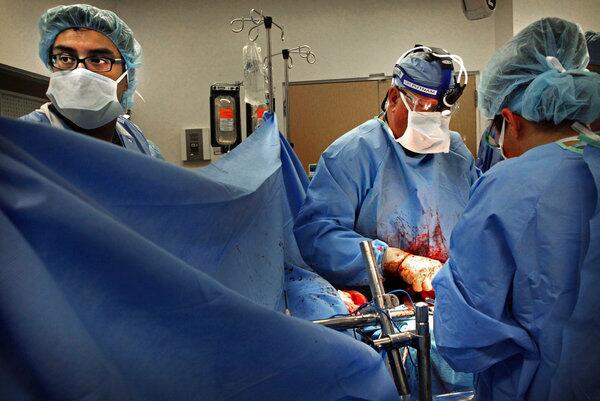
Emergency departments in hospitals throughout America have physicians like Dr. Brant Putnam, center, doctors who specialize in saving the lives of shooting victims. (Barbara Davidson / Los Angeles Times)
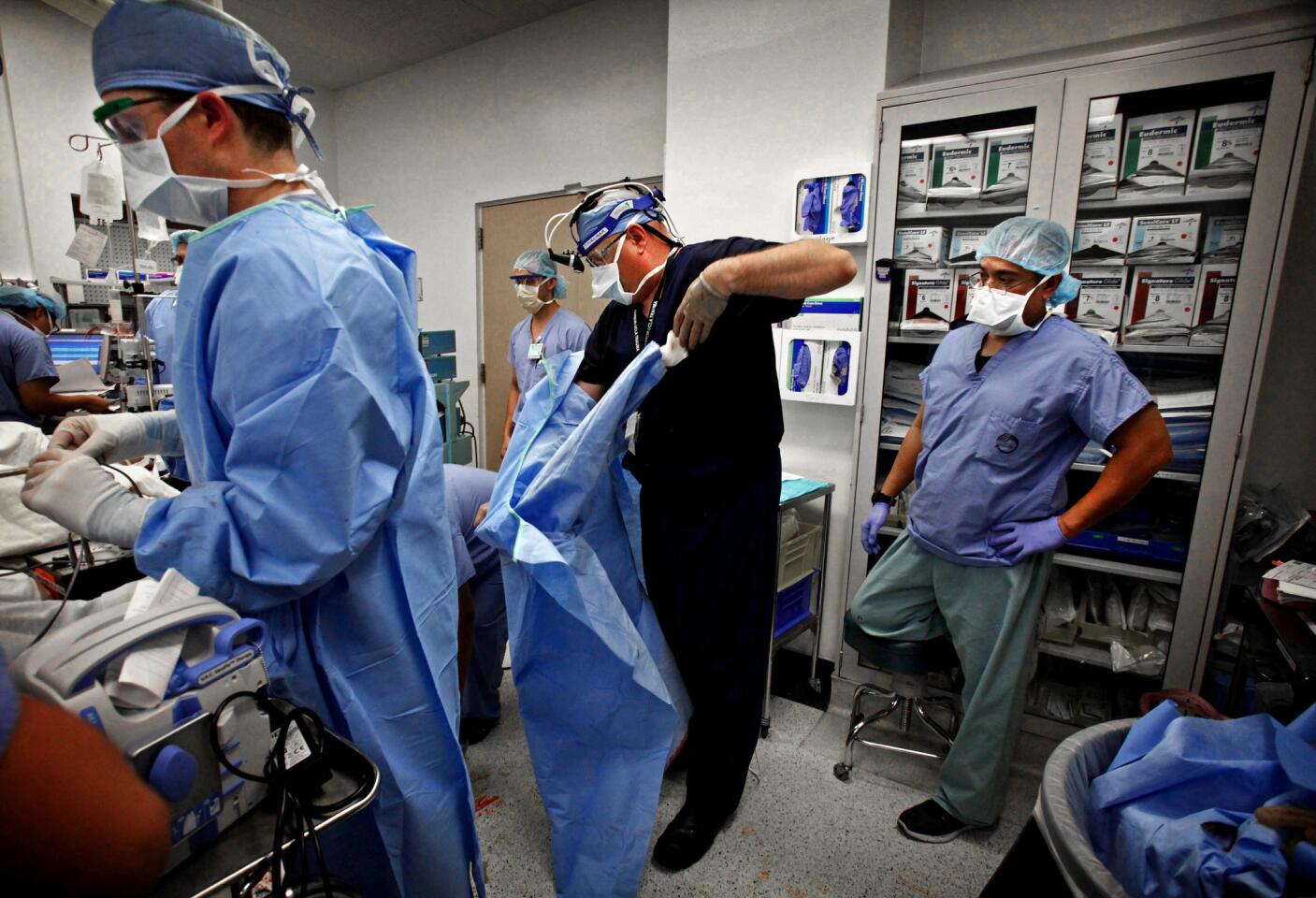
Dr. Brant Putnam finishes the operation. The youth will survive. (Barbara Davidson / Los Angeles Times)
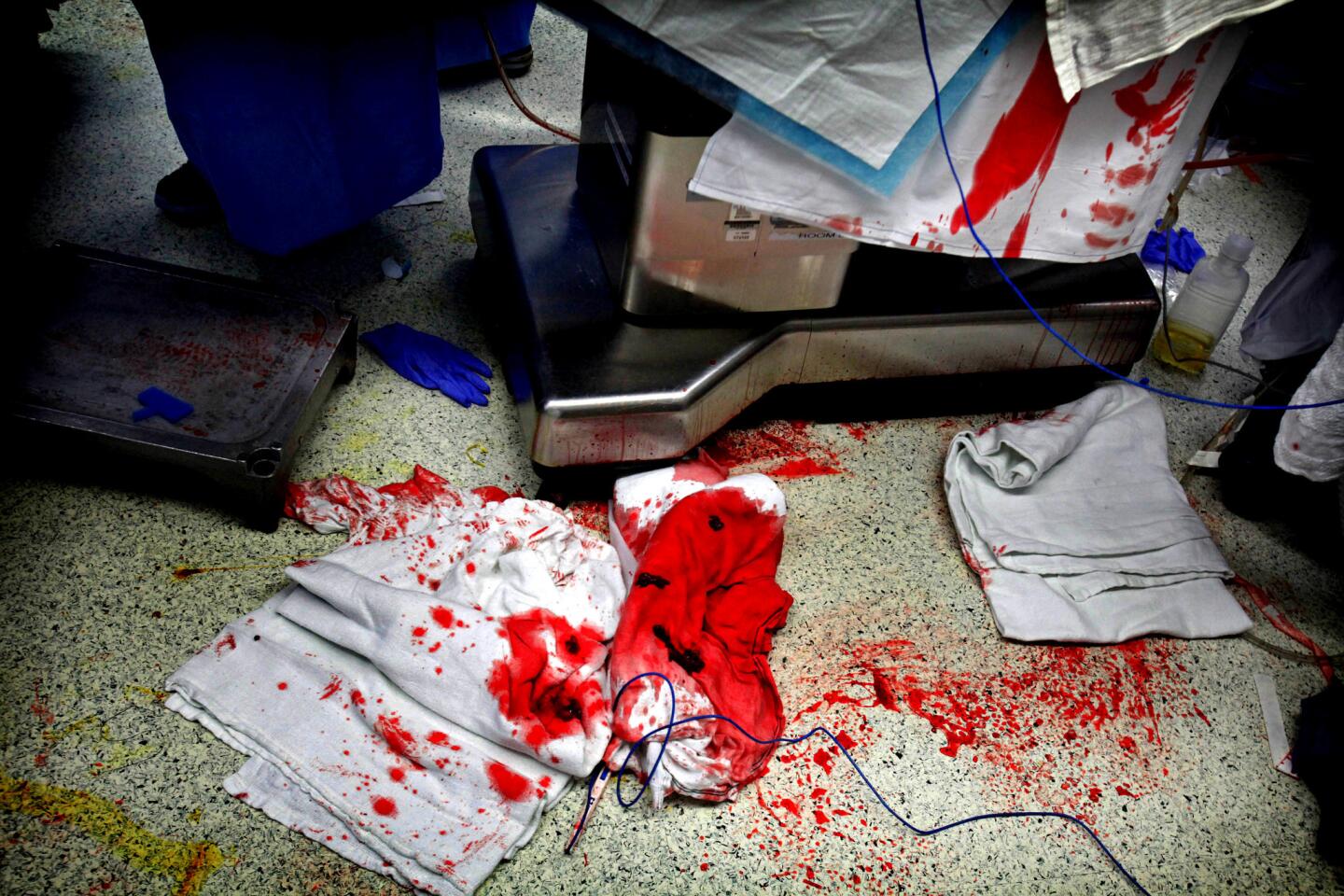
Cloths are used to mop up the blood from the youth’s surgery. (Barbara Davidson / Los Angeles Times)
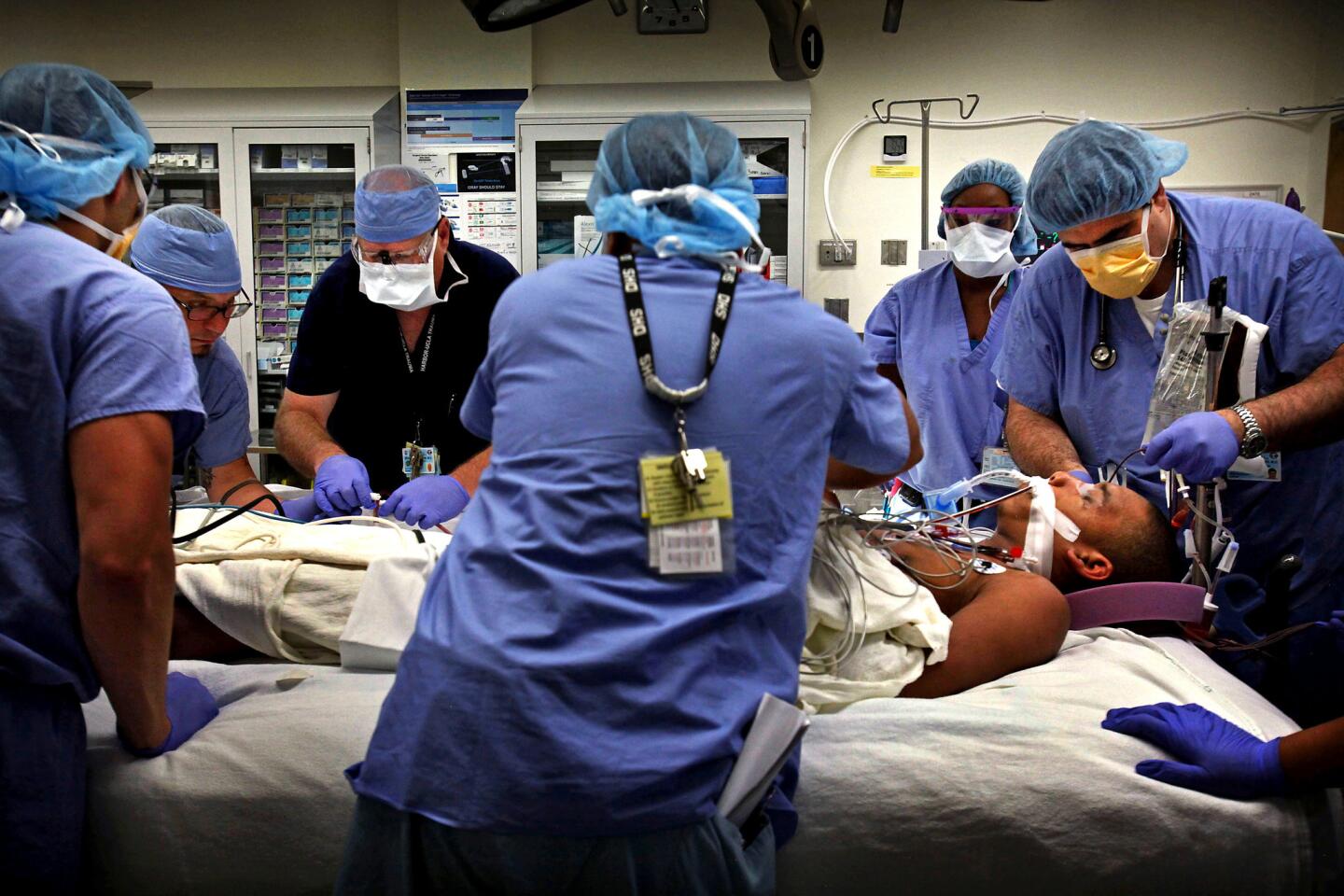
At 5:25 a.m., three hours after the wounded youth arrived, Dr. Brant Putnam pronounces him in critical condition but expected to live. The team prepares to move him to the ICU. (Barbara Davidson / Los Angeles Times)
Advertisement
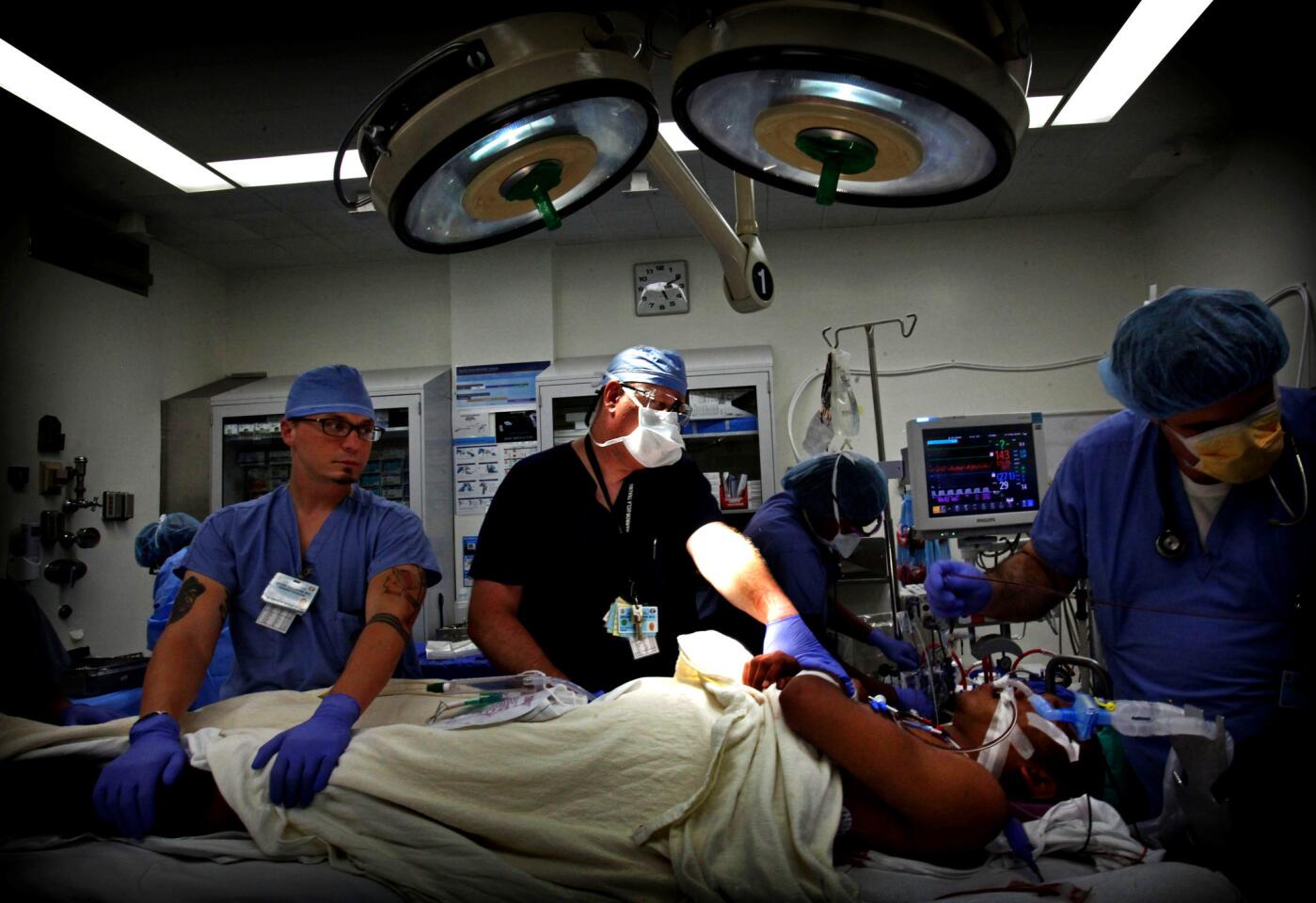
Dr. Brant Putnam, center, holds the youth’s hands to secure his position as he is prepared to go to the ICU. (Barbara Davidson / Los Angeles Times)
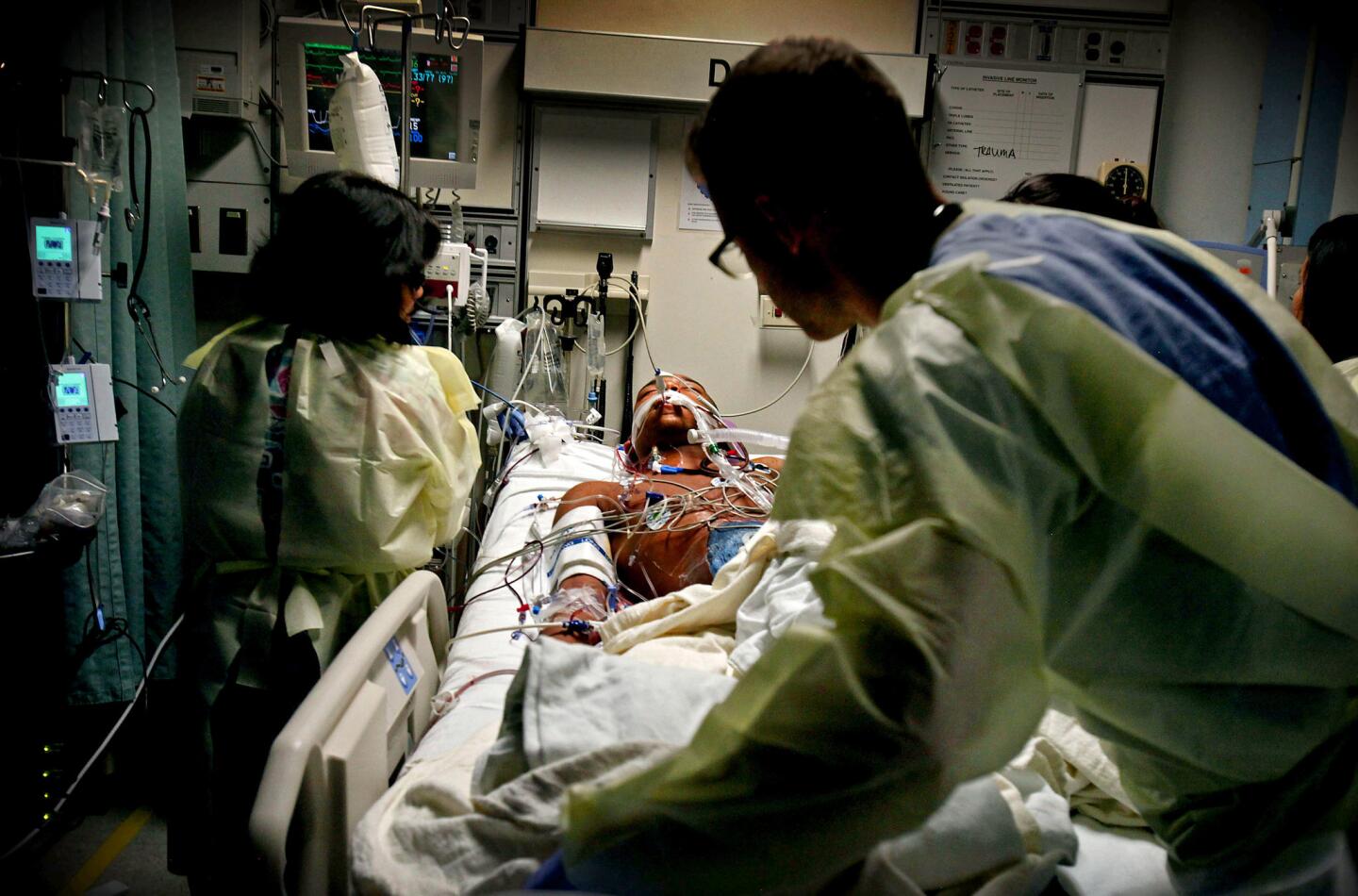
The youth is treated in the ICU. The hospital still doesn’t have any information about him. (Barbara Davidson / Los Angeles Times)
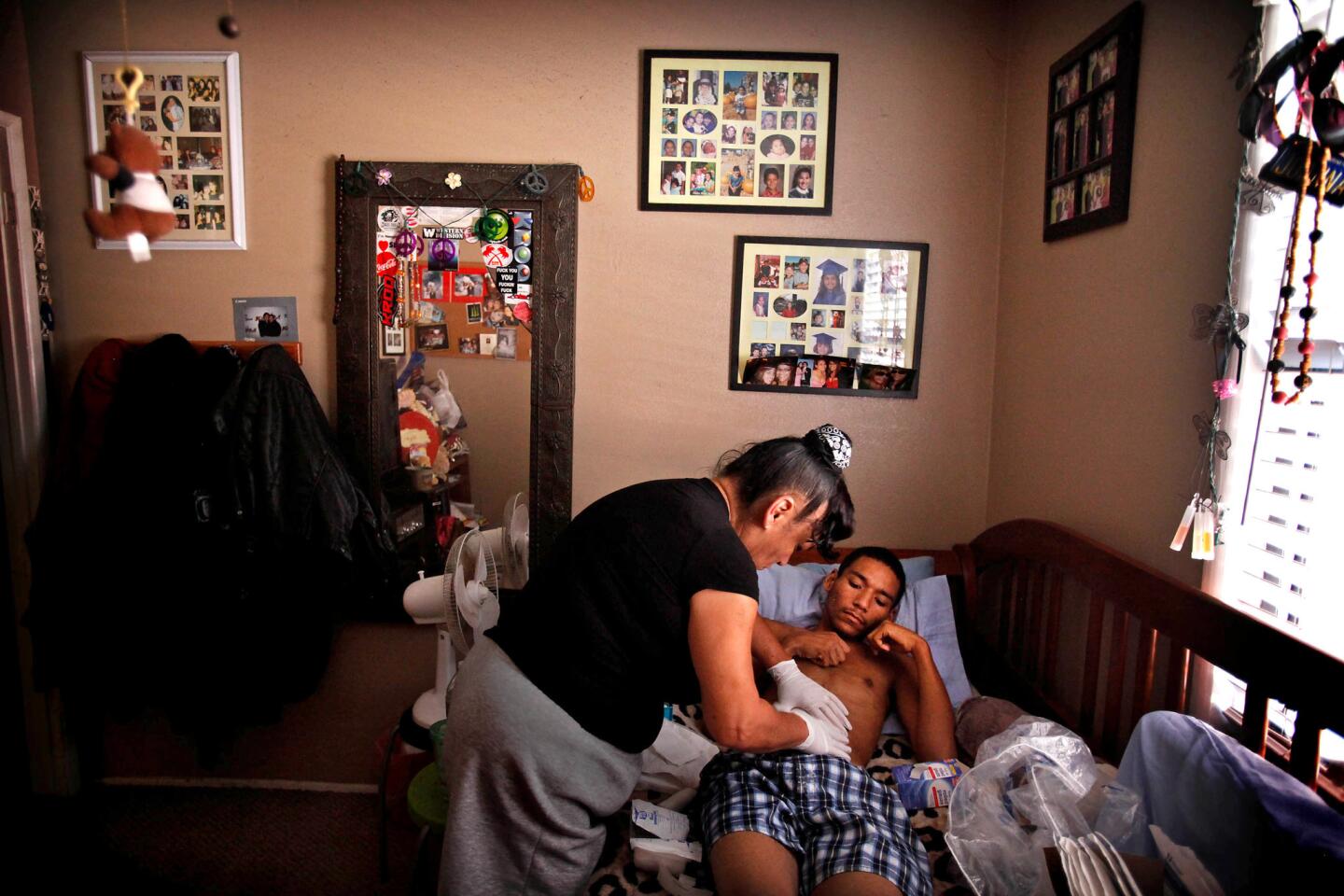
The youth has been identified as Leandrus “Lee” Benton, 16. His mother, Connie Greene, changes his bandages. (Barbara Davidson / Los Angeles Times)
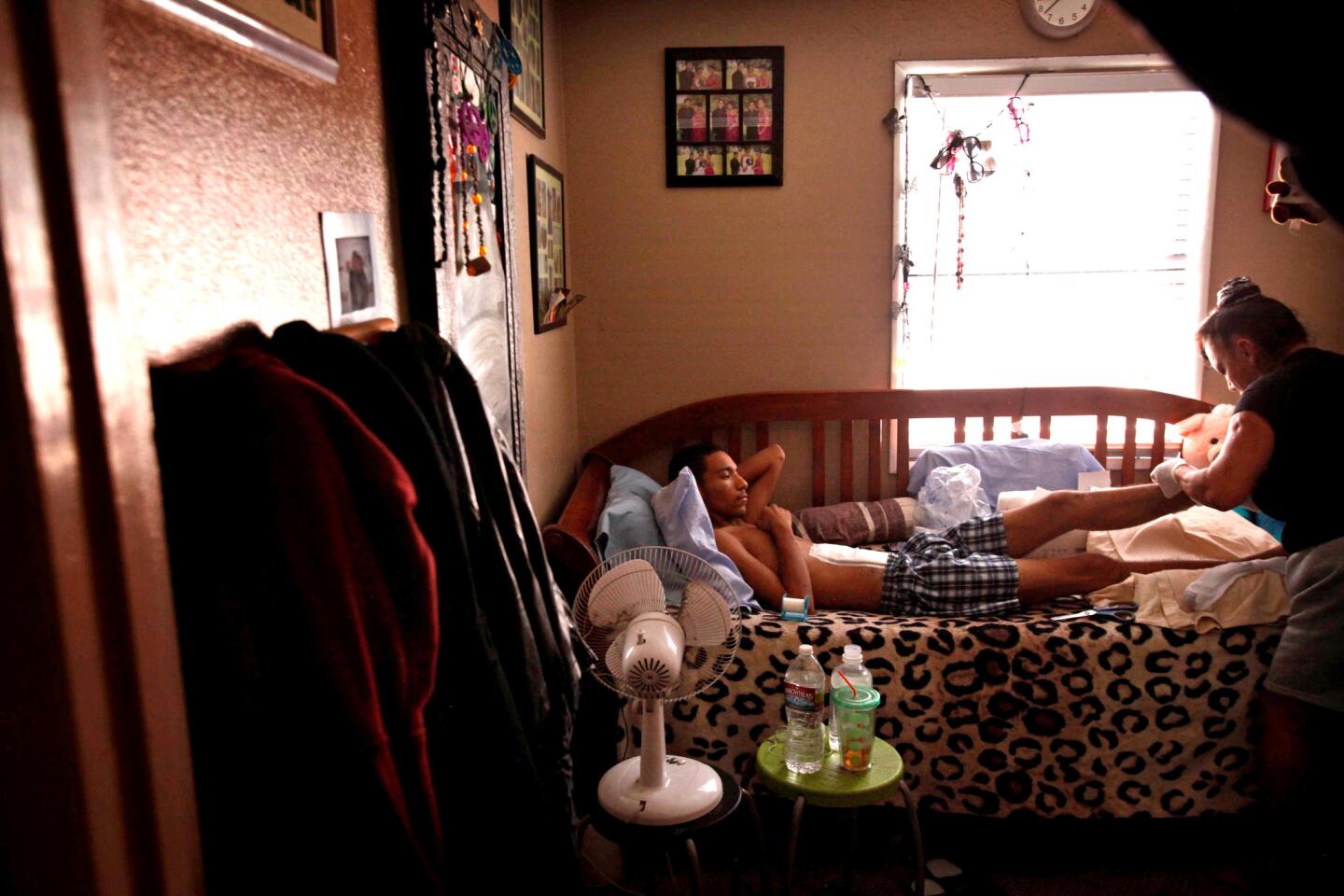
Connie Greene, whose son Lee has her name tattooed on his arm, dresses her son after changing his bandages about two weeks after the shooting. (Barbara Davidson / Los Angeles Times)
Advertisement
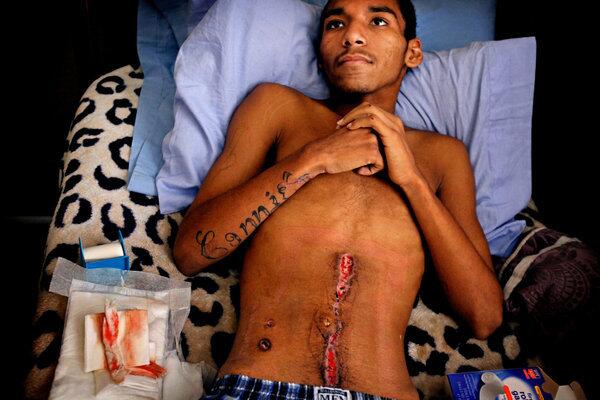
Leandrus “Lee” Benton said he was walking home from a party and thought it would be safer to cut through an alley, where he was shot. (Barbara Davidson / Los Angeles Times)
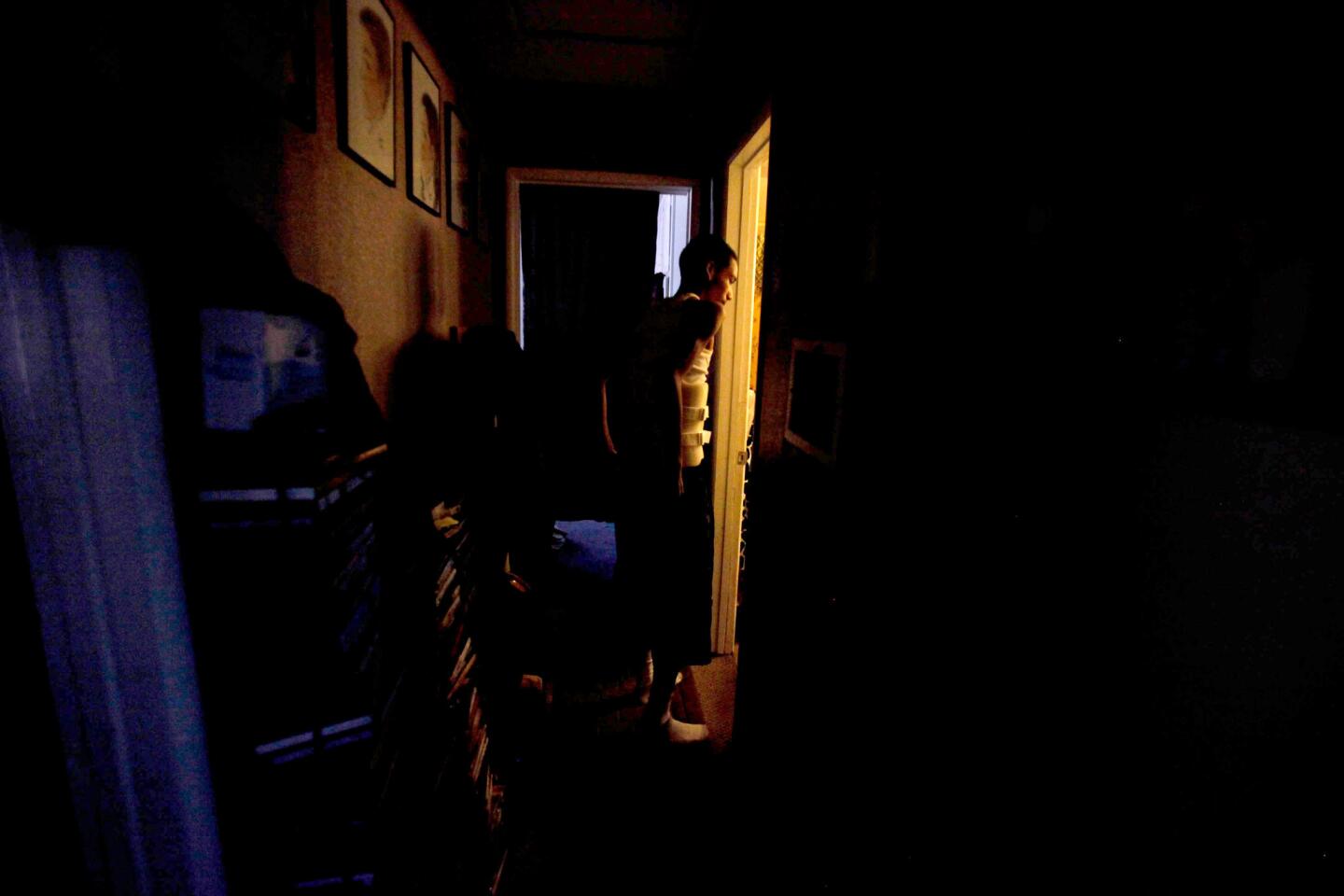
Lee makes his way down the hall to the bathroom of his grandmother’s home, where his mother waits to help him shower. (Barbara Davidson / Los Angeles Times)
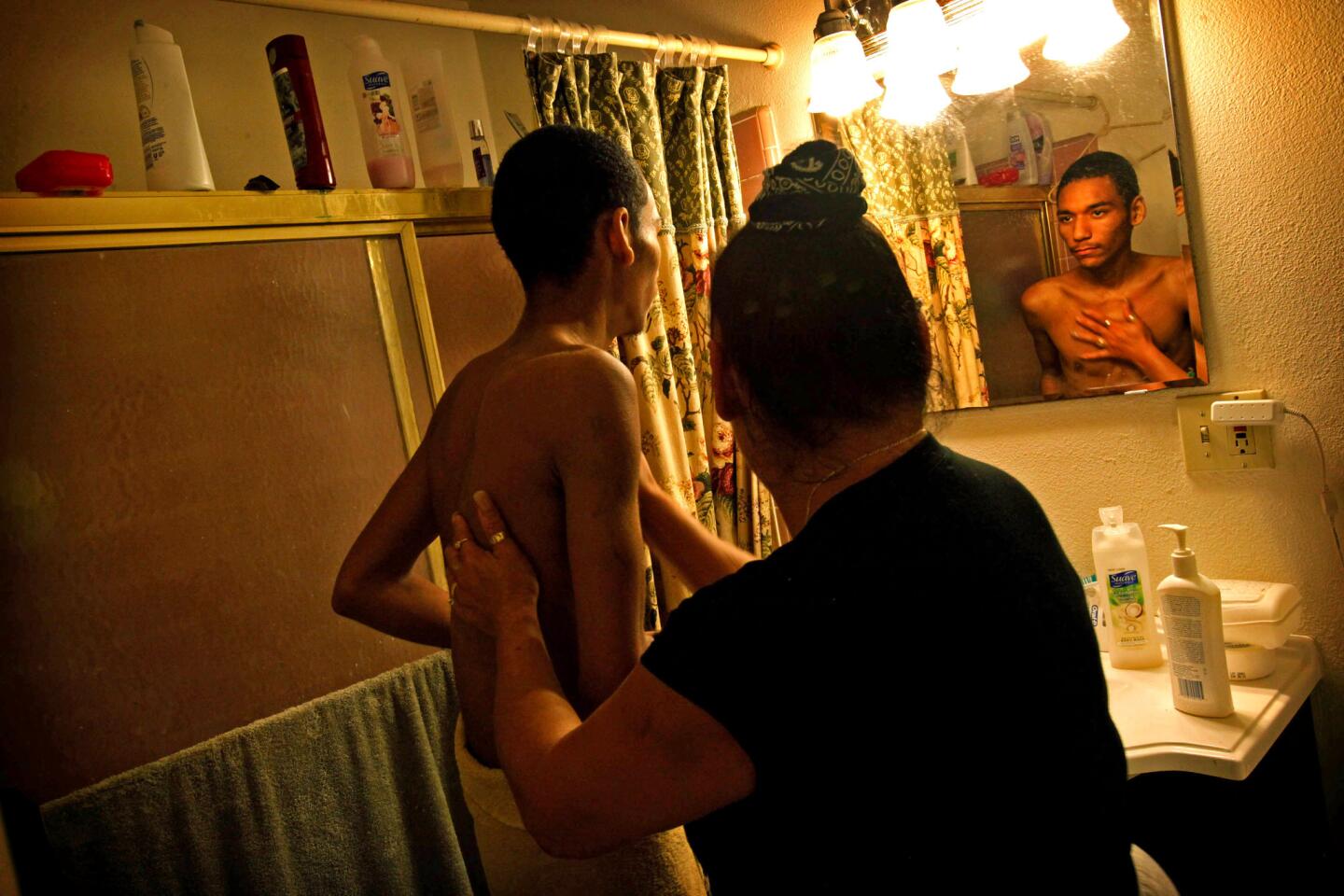
Lee is frail and thin as he looks into a mirror while his mother helps him after a shower. (Barbara Davidson / Los Angeles Times)
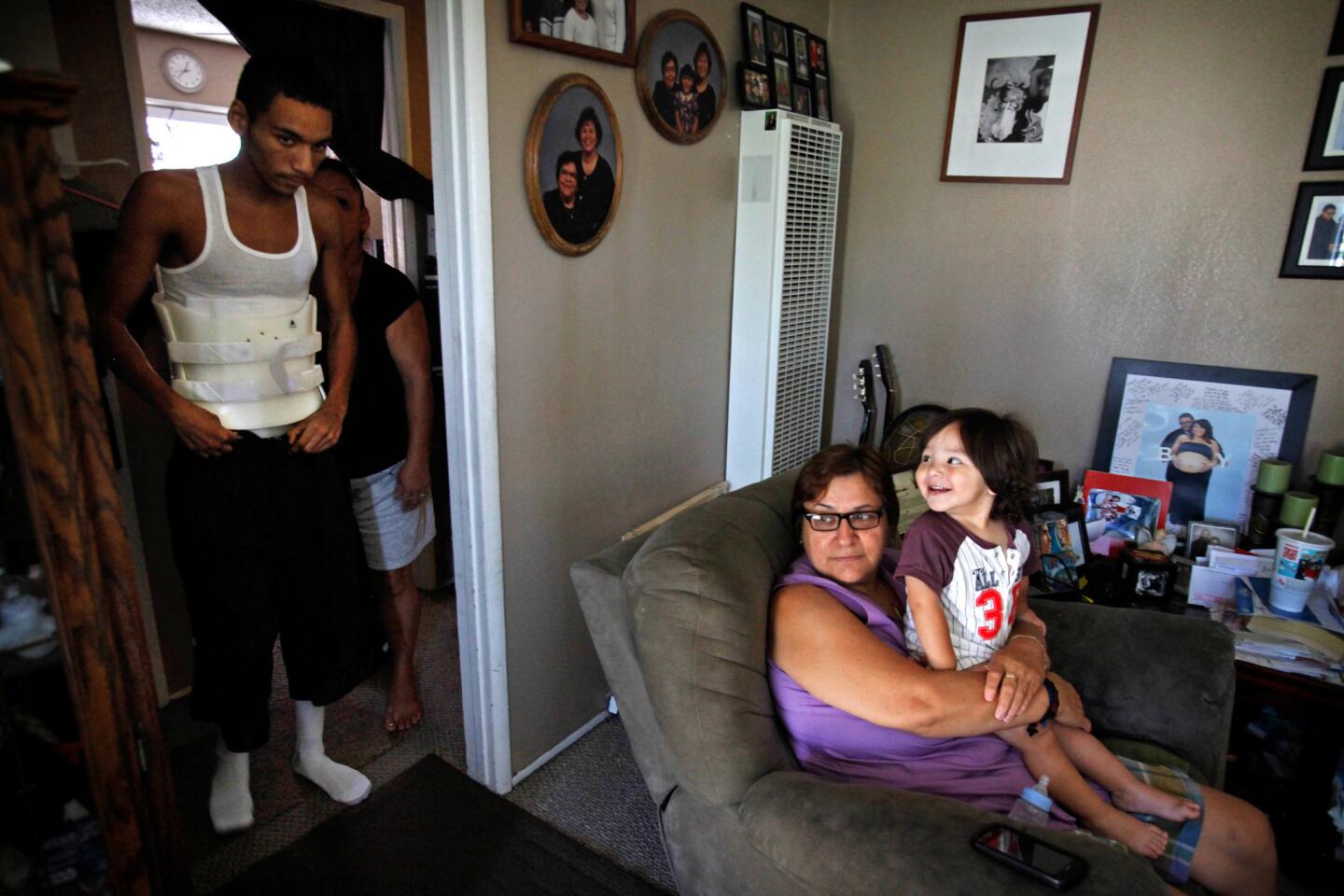
Lee’s aunt and cousin are happy to see him standing and slowly walking around the house. Dr. Brant Putnam says Lee’s youth was a major factor in his survival. (Barbara Davidson / Los Angeles Times)


